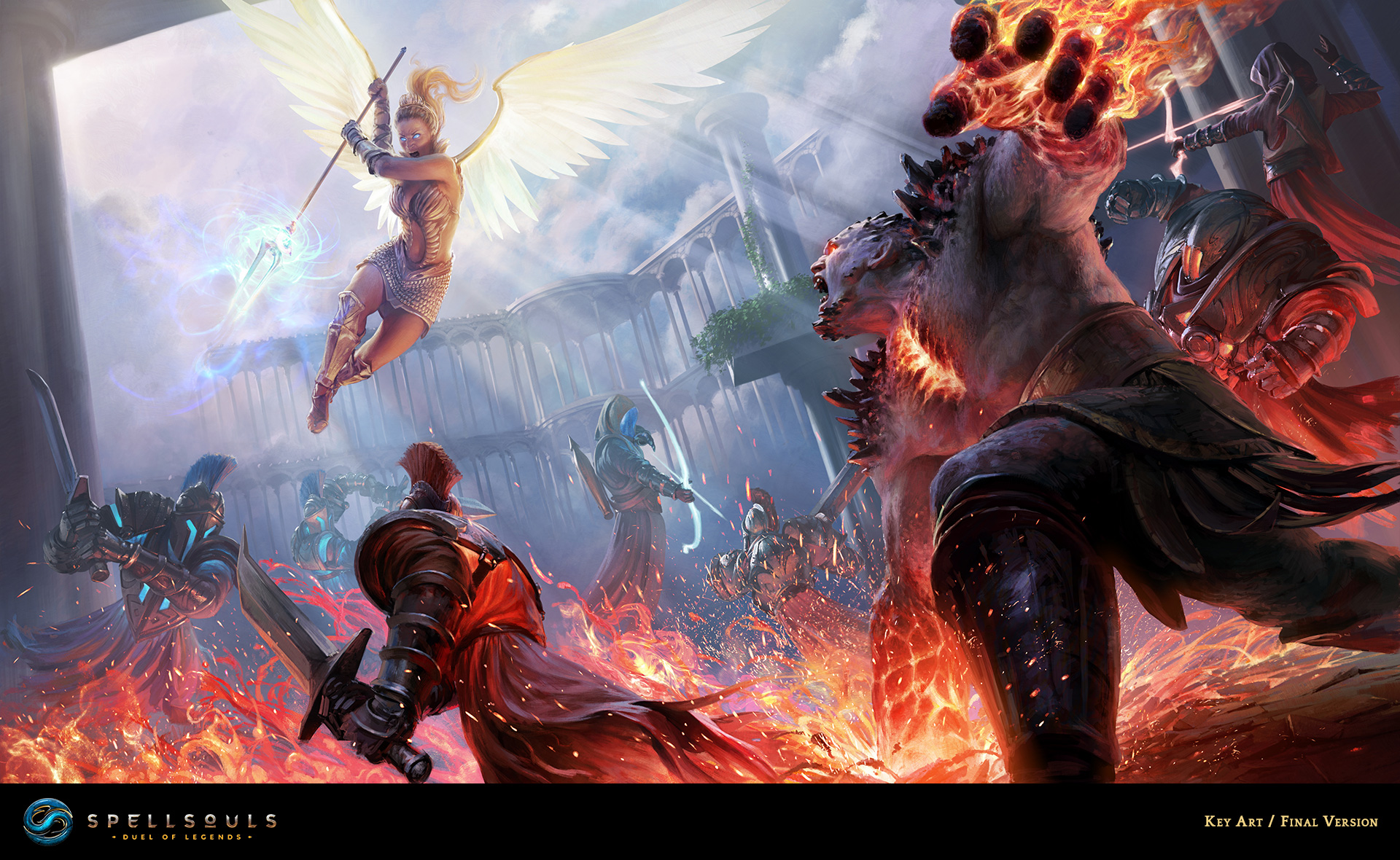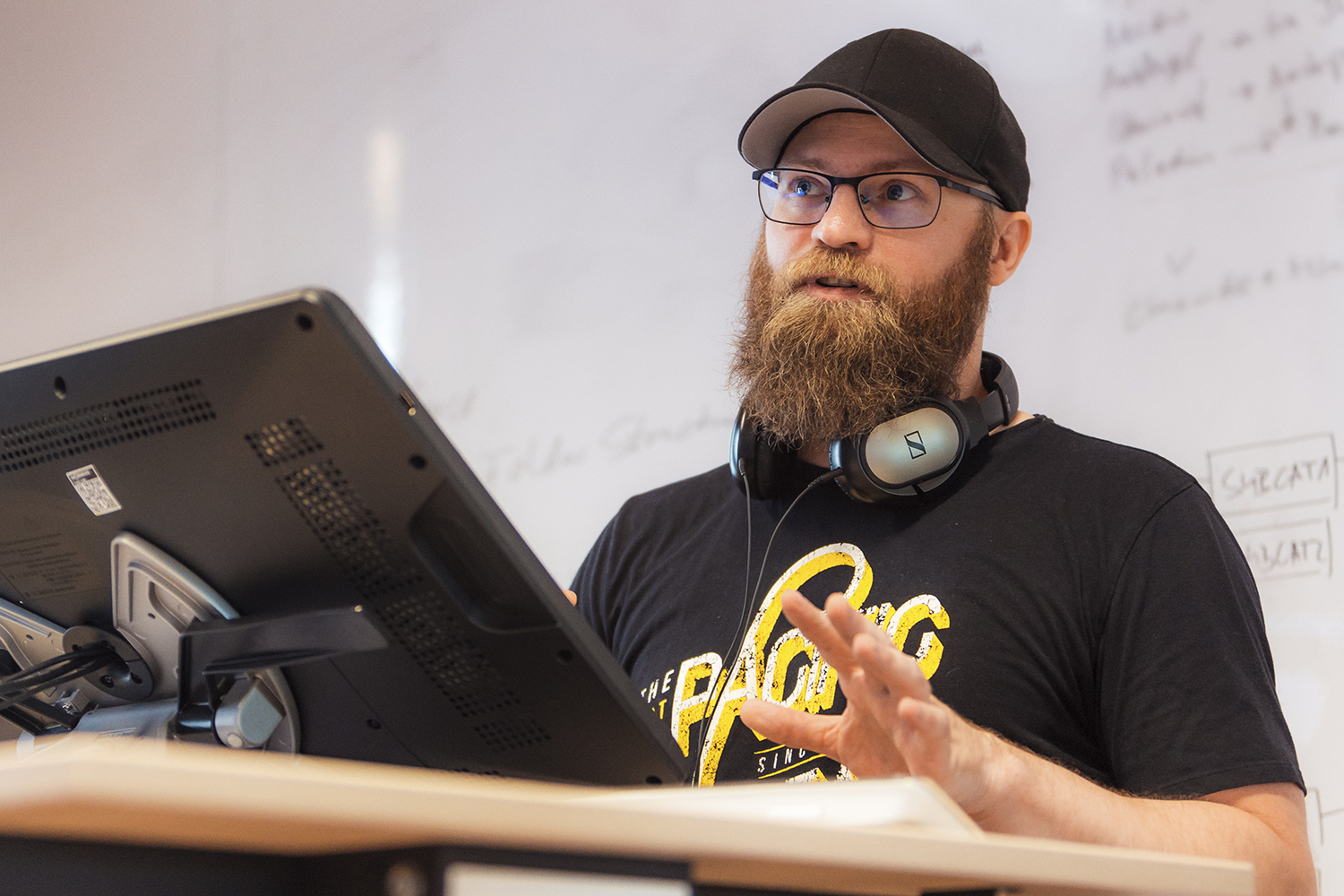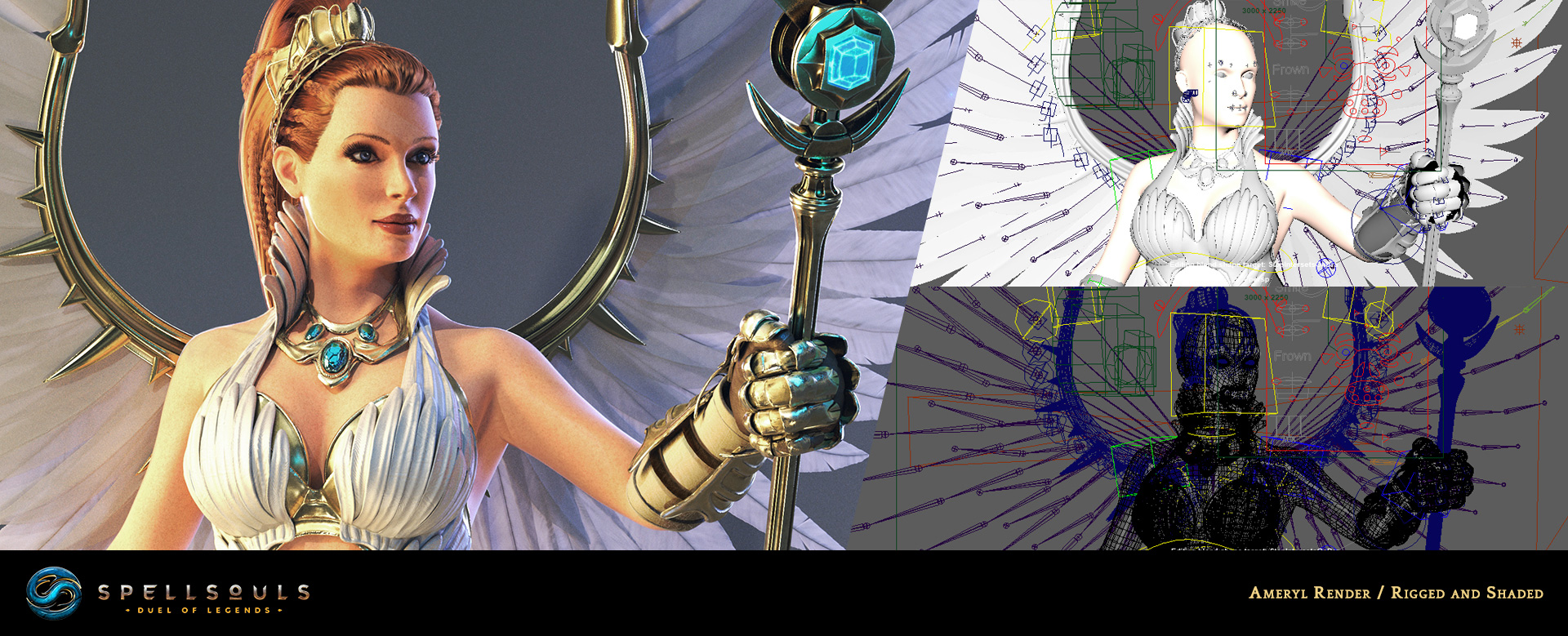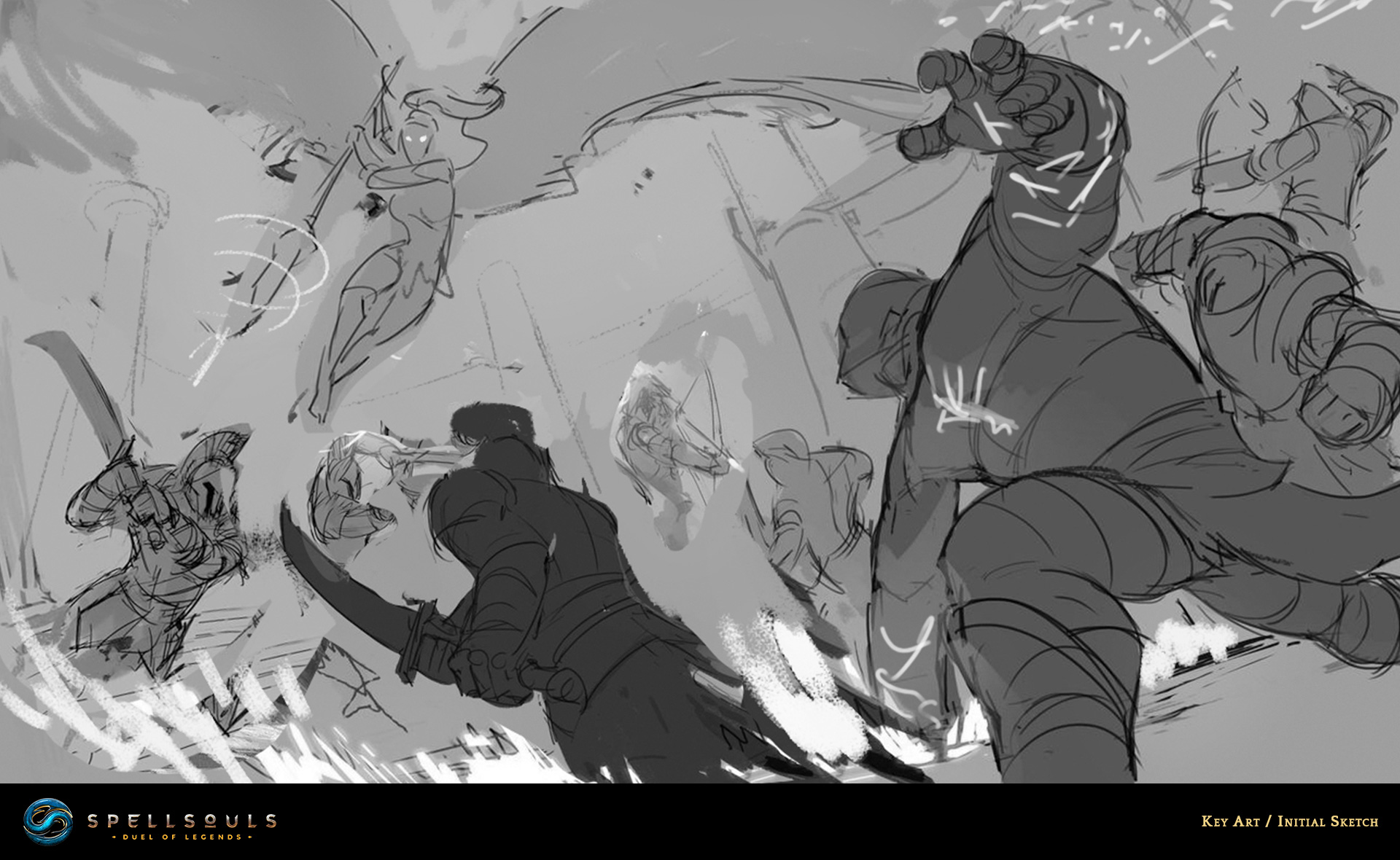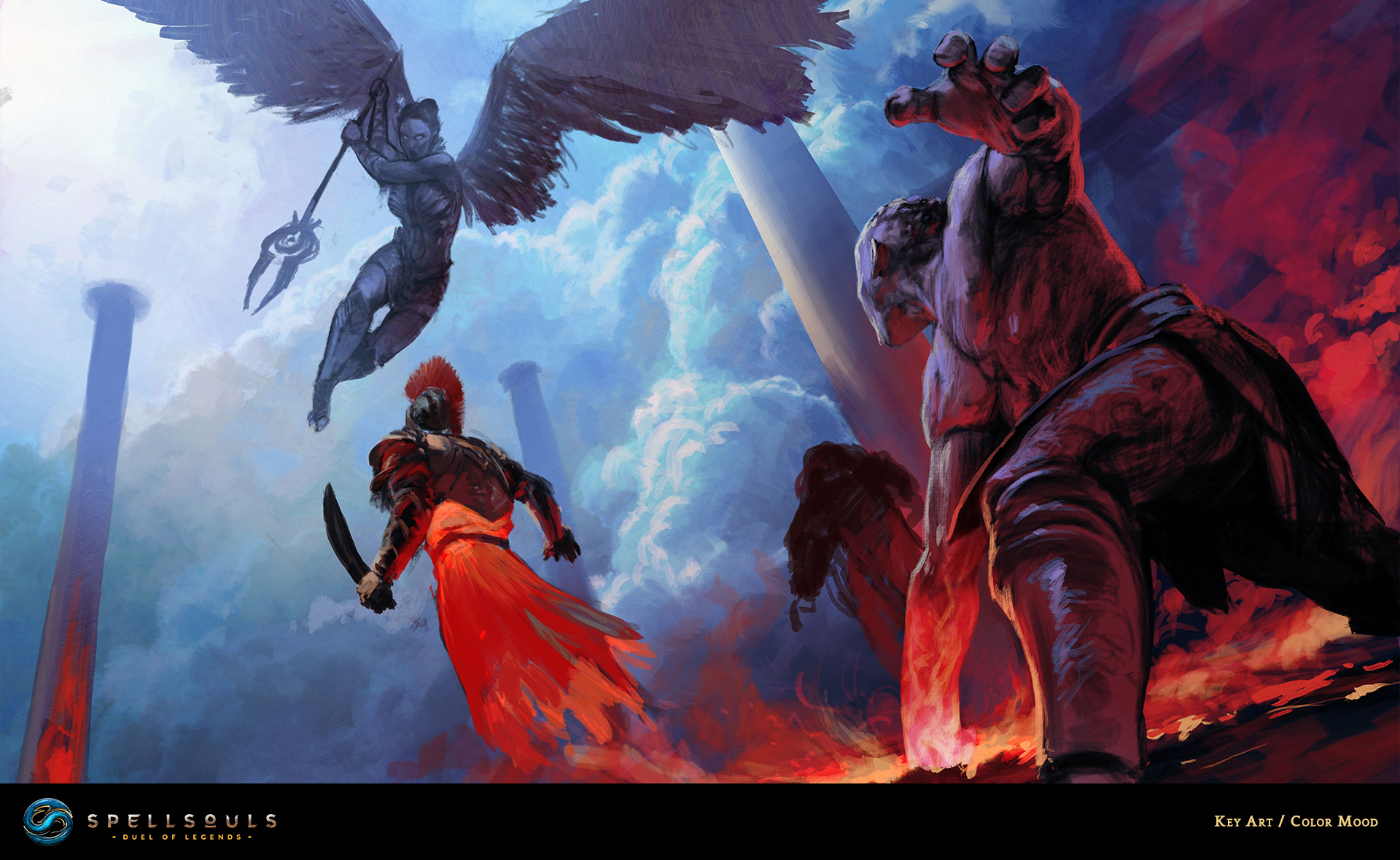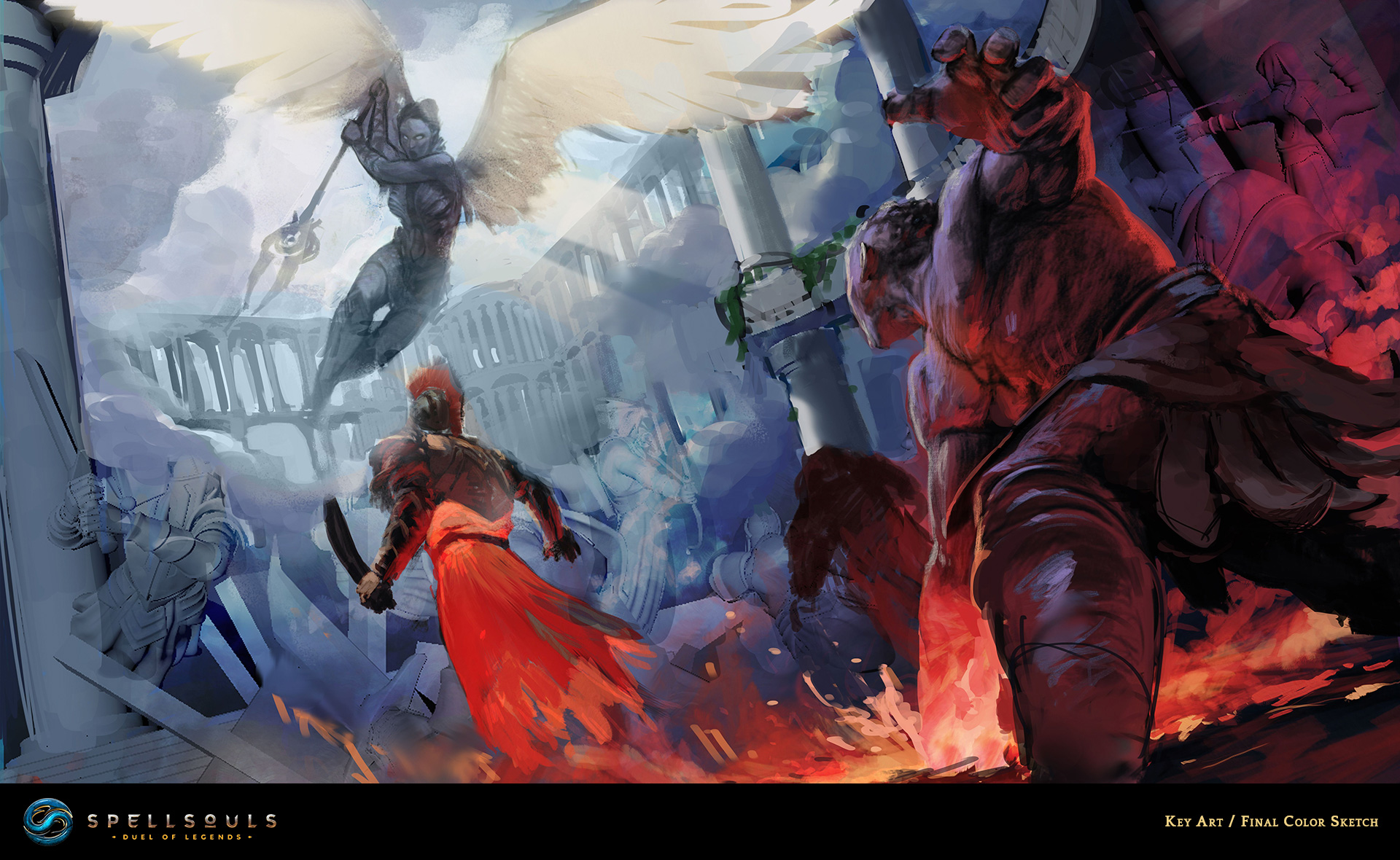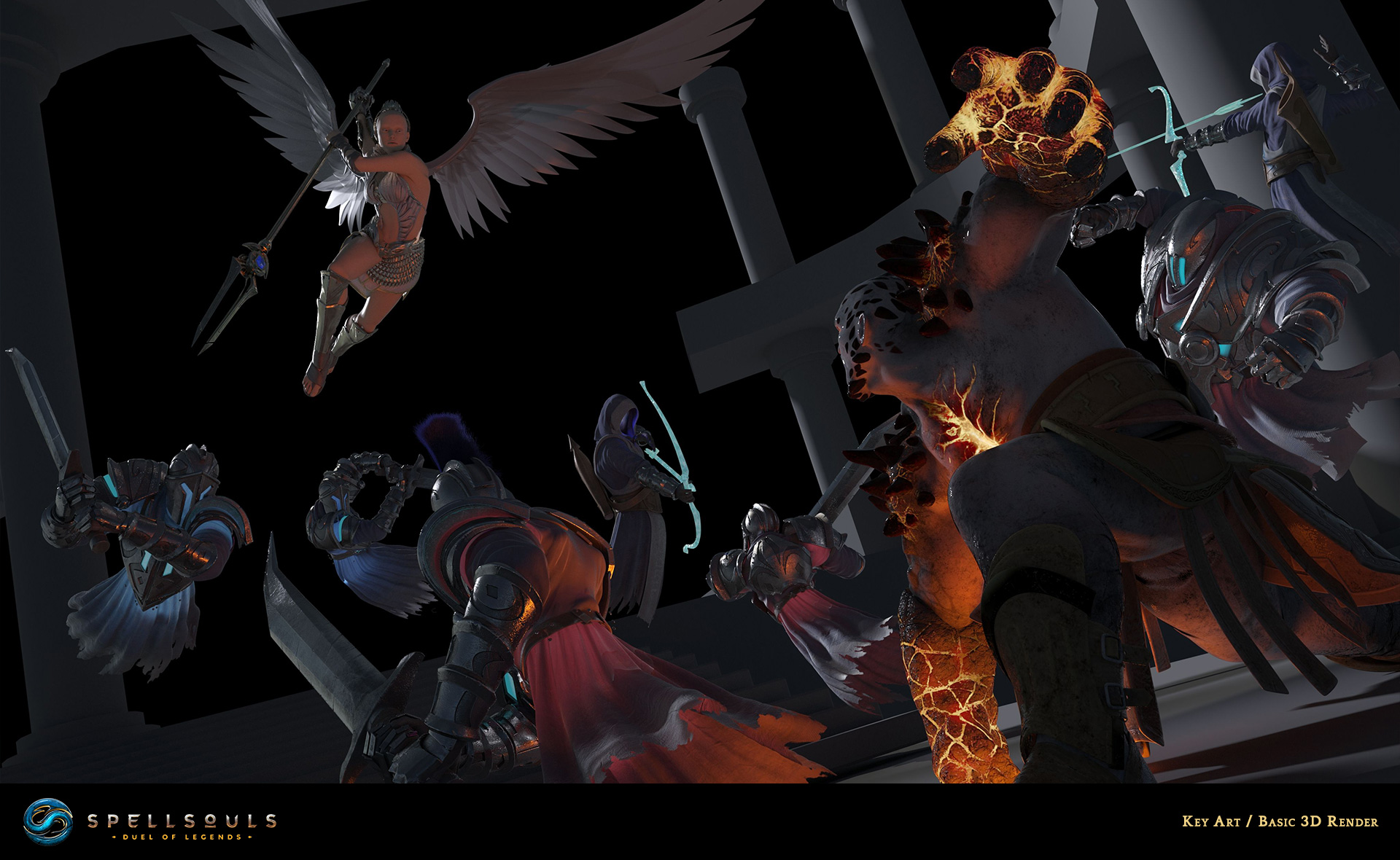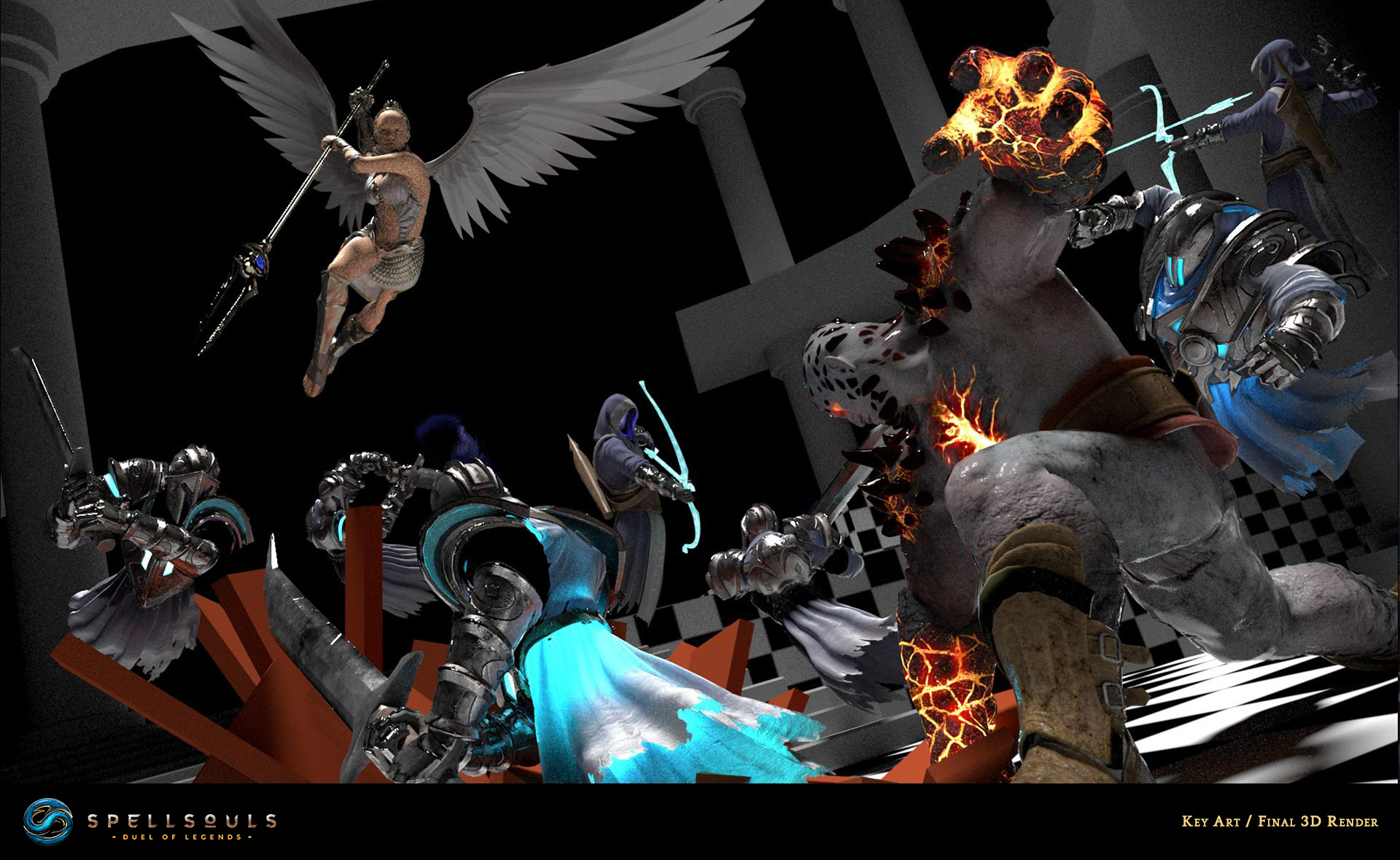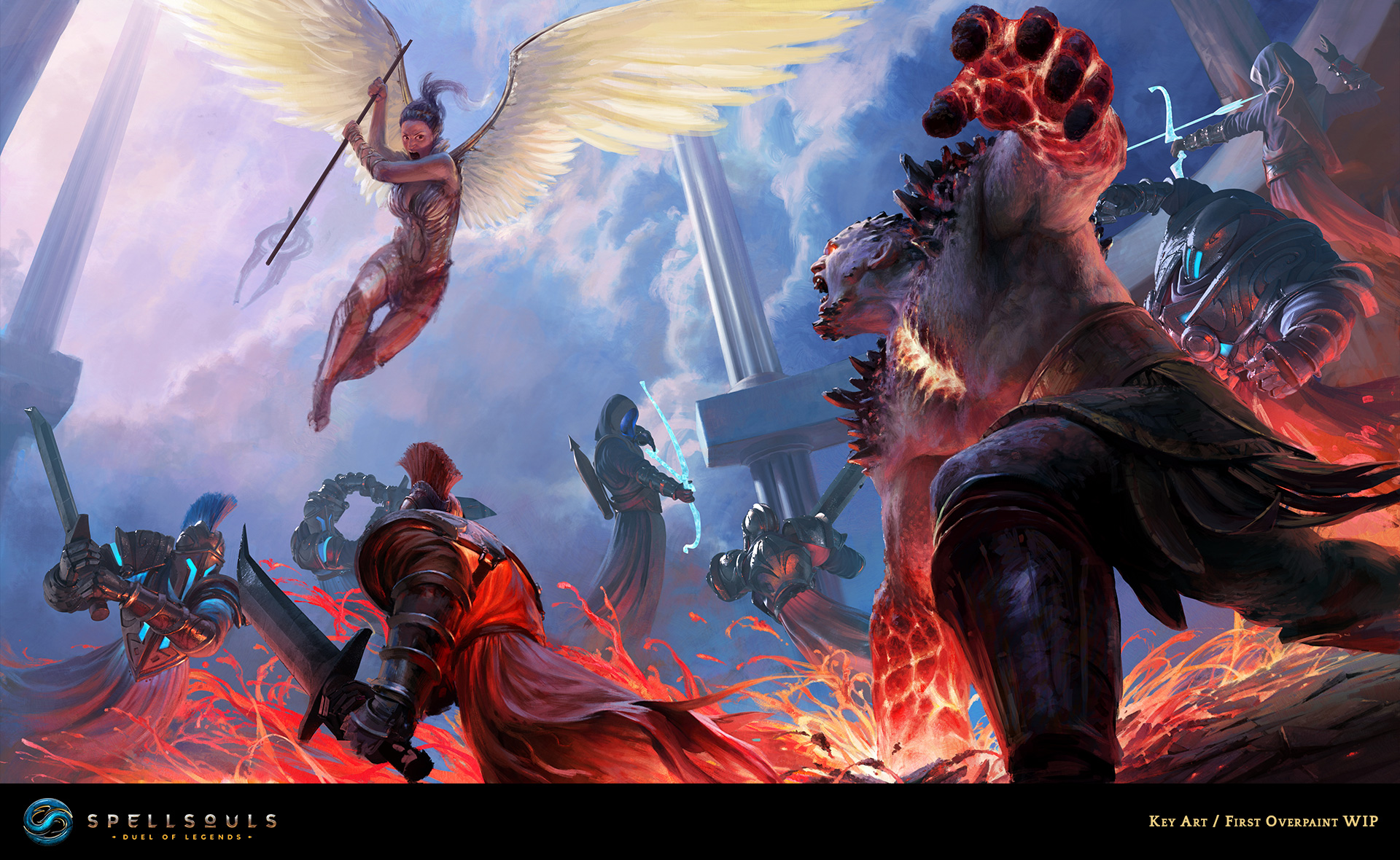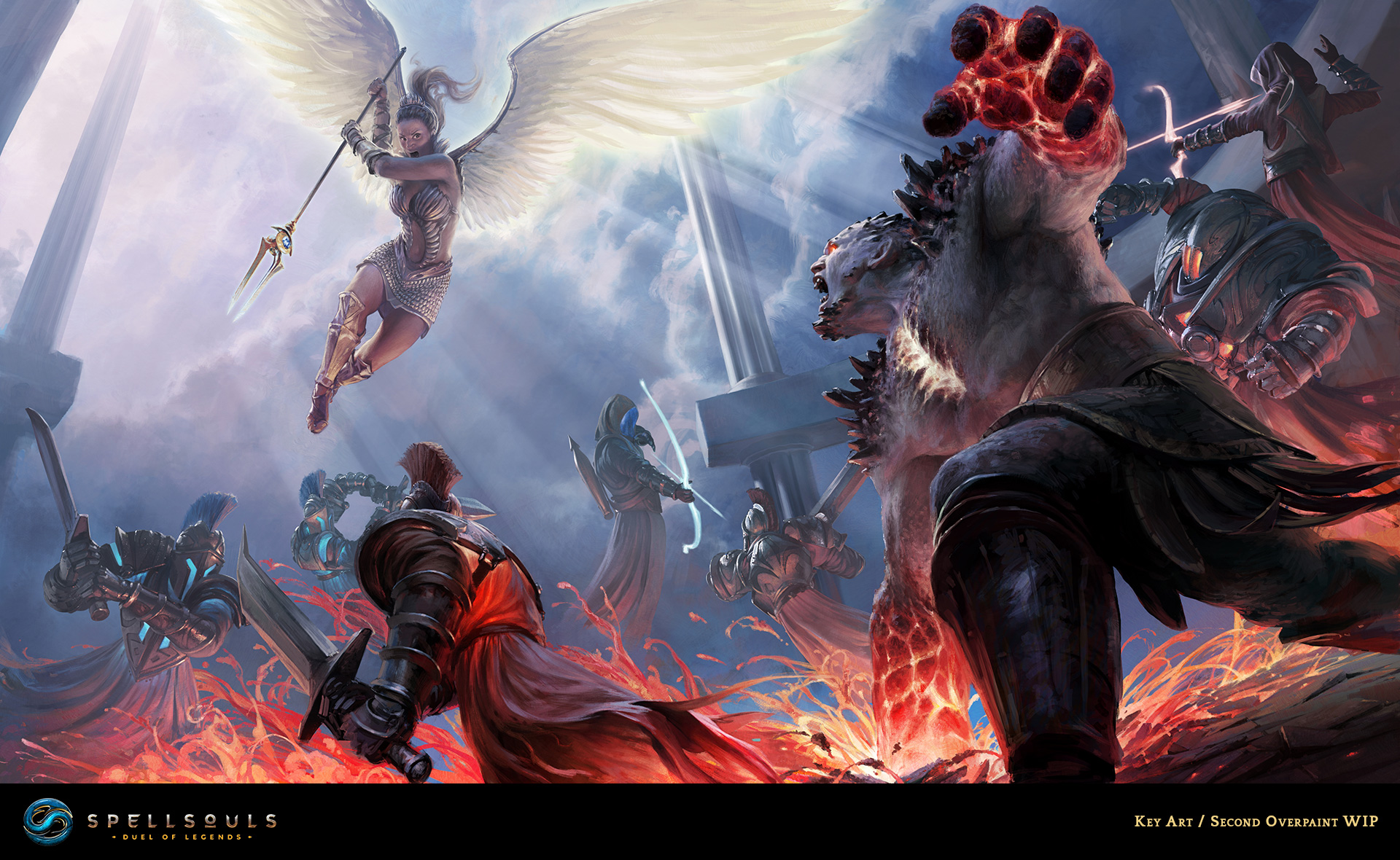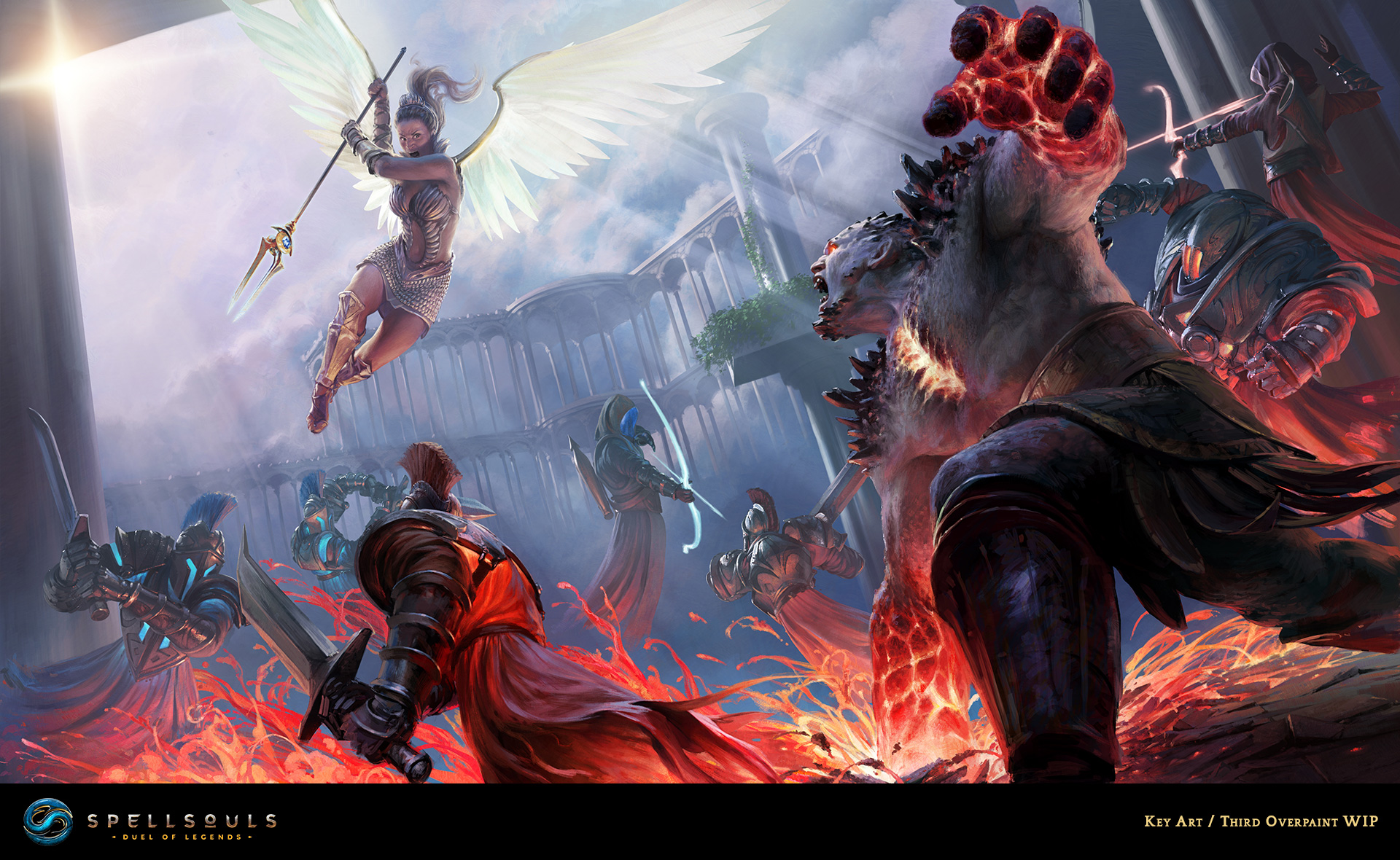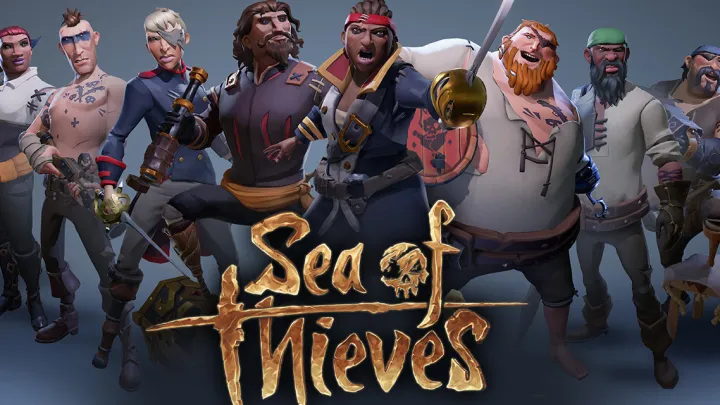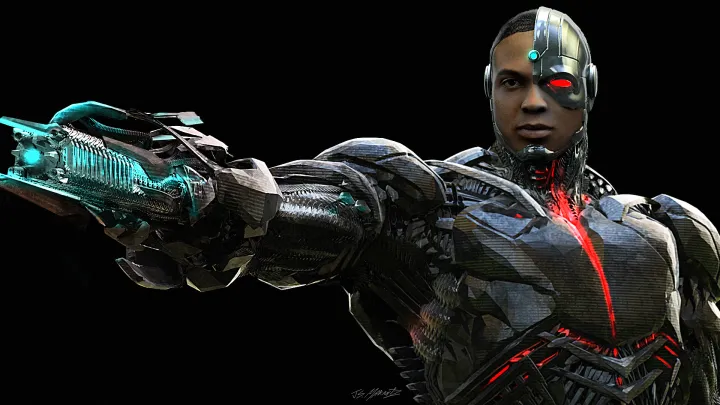Made You Look: How Marketing Artists Get Games to Grab You
Creating high-end marketing art for mobile
Truly great marketing art in the mobile games industry is the result of a brilliant narrative complemented by a large dose of technical prowess. Its job is to convey the essence of the game and instantly capture people’s attention, and to do so in such a way that compels them to start playing.
Bear in mind that all this typically needs to be done with a single static image and you’ll begin to appreciate the technical expertise and storytelling ingenuity required of the teams who create marketing art for mobile.
These teams are typically led by a Marketing Art Director. We caught up with Carsten Biernat, Marketing Art Director at Nordeus, the company behind Top Eleven – Be a Football Manager.
Carsten joined Nordeus after spending many years as a traditional and digital artist in Germany, working across a wide variety of fields and campaigns as a Marketing Art Director. In the process, he gained experience and skills in everything from storyboarding and illustrating to Maya and ZBrush. In his current role, Carsten is responsible for everything art-related that isn’t in the games themselves. So, whether you see a poster for a Nordeus game or an image they’ve placed in the app store, it will have gone via Carsten’s design process. Here he is outlining that very process:
The Power of Marketing Assets Done Right
In the world of mobile gaming, marketing assets are often the first interaction a player will have with our games and characters. When done right, these assets offer a glimpse into not just the technical quality of the game but also the emotional narrative that makes a game great. Each game is a story, and great marketing art has the power to launch people into that journey.
The Nordeus Design Process
Let’s take the example of Ameryl, a character from our game Spellsouls: Duel of Legends. Below is the original game asset we were given. This image is high resolution but, as you can see, the texture and quality is lower than what you’d associate with a high-quality marketing asset. This is because it’s got to work on a mobile platform. Before we start making any technical enhancements, however, it’s crucial that we speak to the game team and collectively figure out the narrative we want to promote through the marketing art.
In Ameryl’s case, she’s a guardian angel and she’s driven by what’s right and just, but she’s also ruthless in pursuing her ideals. We needed to put together an asset that would show the consequences of crossing her. Speaking to key team members who’ve been involved in creating this kind of character helps us add the depth that will really make a piece of art stand out.
With these background details in mind, we then rework the assets in ZBrush and optimize them for Maya so that all the angles and proportions fit. We set up a shader system and rigs, and add texture to everything from her hair to her feathers, focusing on making her dynamism and strength shine through.
The Roles of the 3D Marketing Artist & Illustrator
Throughout this process, the 3D Marketing Artist and Illustrator are in constant communication with each other and myself. Based on the briefing we had with the wider team, the Illustrator starts by providing sketches for the artwork. This is an early sketch for the Spellsouls artwork, featuring Ameryl getting into a fight with Ruul, another major character from Spellsouls:
The Illustrator then puts together a color mood to go with the sketches.
Meanwhile, the 3D Marketing Artist focuses on creating the scene and making sure the framing and composition works well, all the time liaising closely with the Art Director to keep a strong feedback loop.
After the basic scene set-up has been approved from my side, the 3D Artist creates the lights for the scene, based on the general brief and the color mood created earlier.
When everyone’s happy, the 3D Artist prepares the final scene as a fully layered PSD file to be handed over to the Illustrator and Art Director. The Illustrator can then begin rendering and overpainting the artwork to enhance the mood and create the kind of epic gladiatorial battle you see in the next images.
You then have a marketing-ready final image that expresses the energy, emotion, and technical quality of the game:
Working in Belgrade, Serbia
It’s great! I’ve heard quite a few people compare it to Berlin in the 90s and, being German, I’d agree with that. I really like where the city is going, and it’s brilliant to be at a company that’s fully plugged into that.
Nordeus is investing a lot of time, money, and creative energy in developing the local digital community. It’s very gratifying to see how the tech ecosystem is becoming more innovative and tight-knit as a result, and I think the start-up spirit that’s being fostered here makes Belgrade a special place to be.
If you’re a Senior 2D Marketing Artist or a 3D Marketing Artist, take a look at nordeus.com/careers to find out about working with Carsten and the rest of the Nordeus team.
